The best gaming phone 2025 — I tested them all to crown a winner
Of all the phones I've tried, these are the ones I'd recommend for keen mobile gamersv
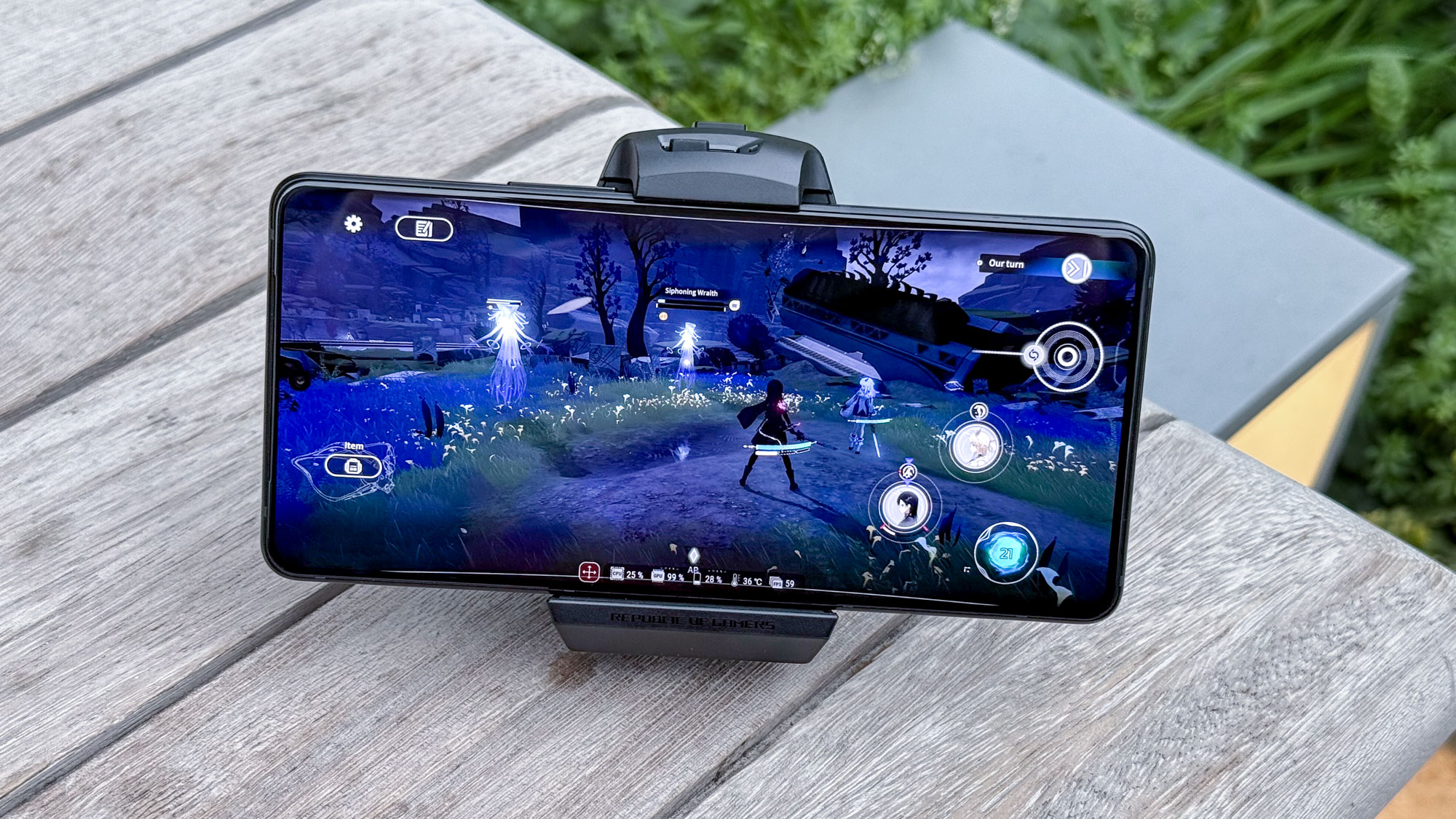
Phone sales can make it tough choosing the best gaming phone to buy right now, but thankfully I’ve tested many gaming-centric phones to tell you exactly what to look for.
Honestly, it takes a lot to be considered a gaming phone nowadays, but the important things to consider include their processing power, display quality, and battery life. All phones can run today’s mobile games. However, not all games can run them as smoothly.
That’s why after testing several phones, I’m confident at recommending the Asus ROG Phone 9 Pro, the Galaxy S25 Ultra, or the iPhone 16 Pro Max if you prefer Apple-made phones — as the top available choices. I also look at more modest options that won’t be a burden to your wallet, like the affordable OnePlus 13R, which costs significantly less than all the other models on this list.
Which one is right for you is going to depend on how devoted you are to your games, since the iPhone prioritizes a lot more than just its gaming credentials. But of course there are also other phones worth considering if you are looking for something cheaper, or with specific features like a cooling fan or a foldable screen.
I'll explain more below about what makes these phones uniquely suited to high-performance games, plus test results to back it all up. So let's check out the best gaming phones right now so you can get into the action ASAP.
The quick list
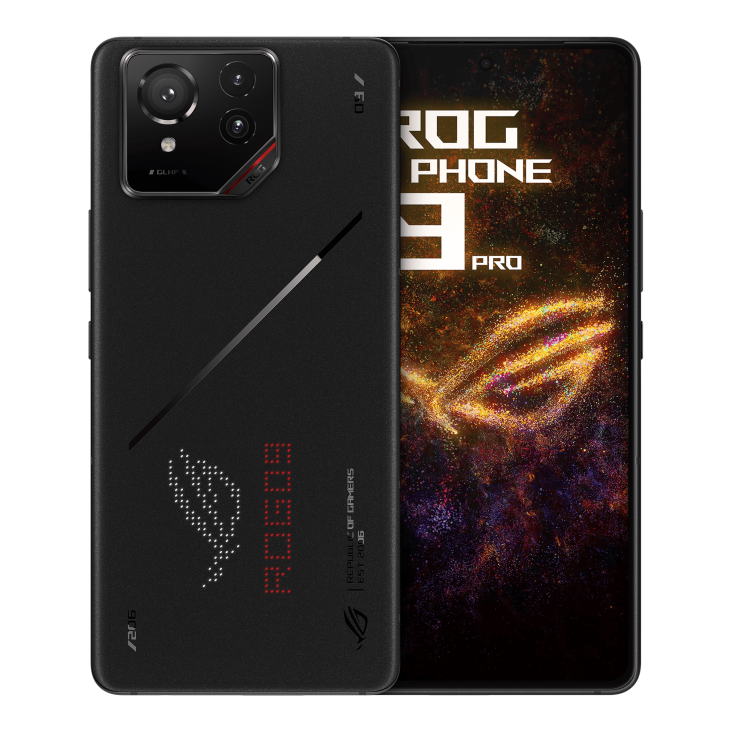
By adopting the latest chipset, an even smoother display, useful gaming features and improving on its predecessor's epic battery life, the ROG Phone 9 Pro is the obvious choice for anyone wanting a phone primarily for gaming.
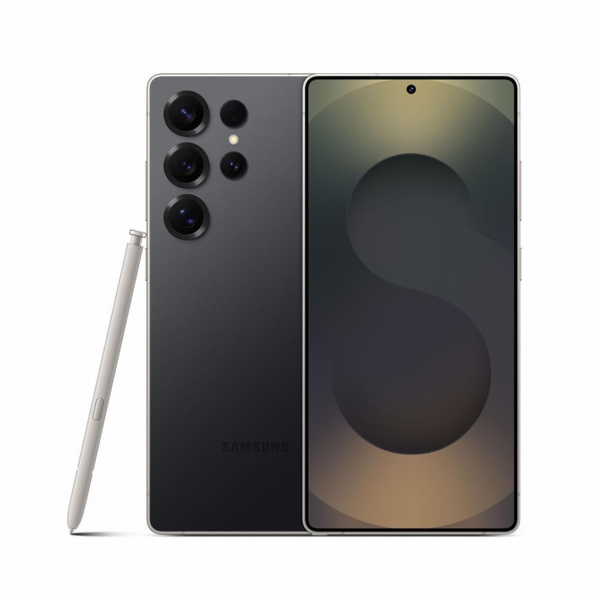
With its Snapdragon 8 Elite for Galaxy chipset, the Galaxy S25 Ultra gets a boost to its performance that flexes its muscles running any graphically intensive titles out there. It also helps that it has a gorgeous 6.9-inch AMOLED display.
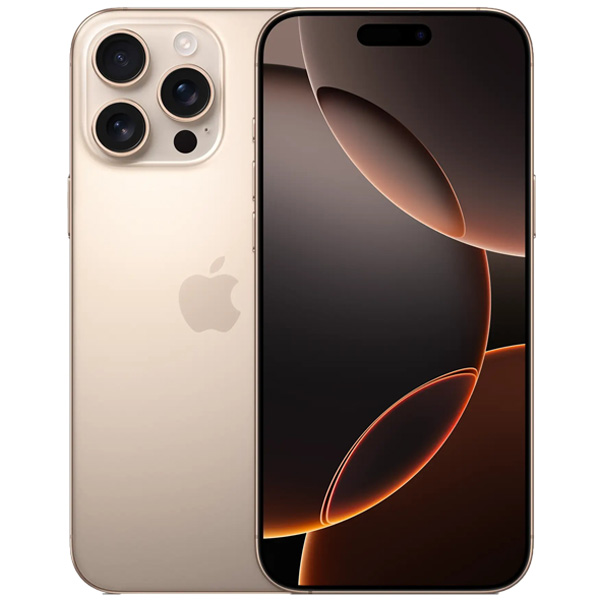
The ultimate gaming iPhone right now is the iPhone 16 Pro Max. With the largest display on an iPhone yet, Apple's best chip and excellent battery life, it's got all you need for a good time gaming. Plus its cameras beat everything else on this list with barely an effort.
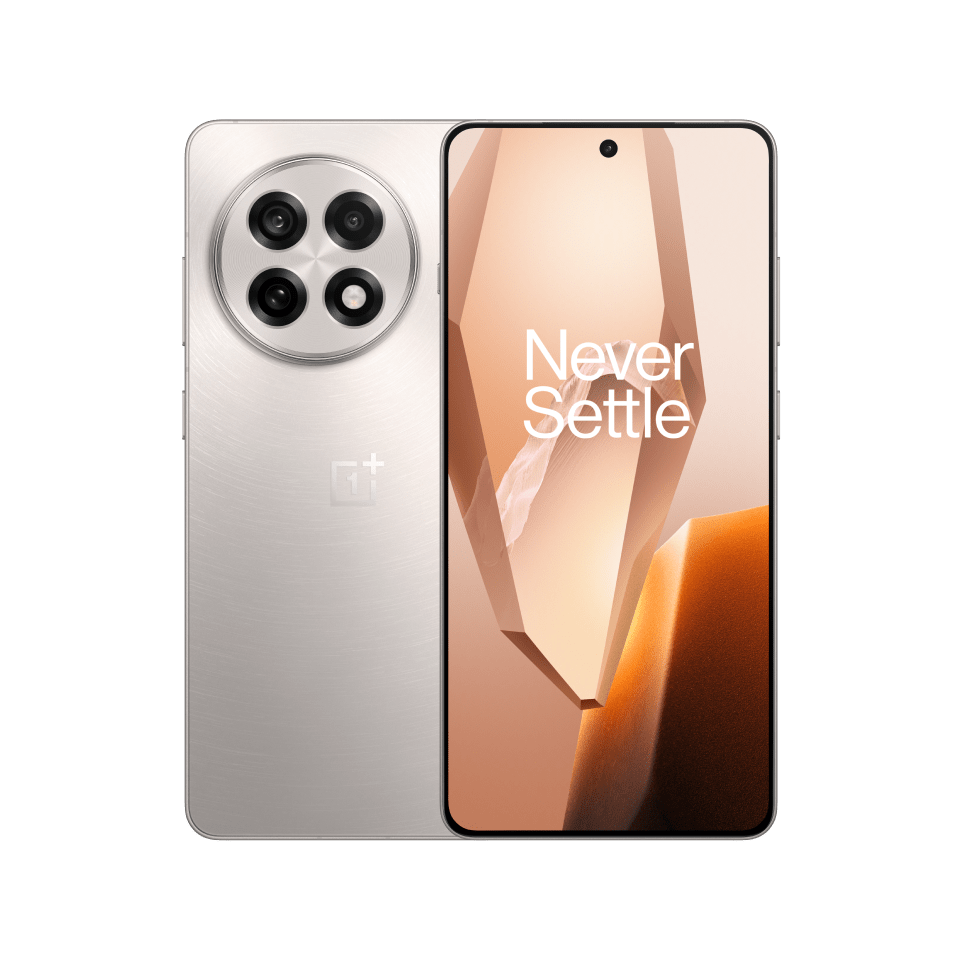
While not quite as cheap as its predecessor, you still get excellent power, a great display and one of the longest lasting batteries we've ever had the pleasure of testing. And that's all you really need for top-flight gaming.
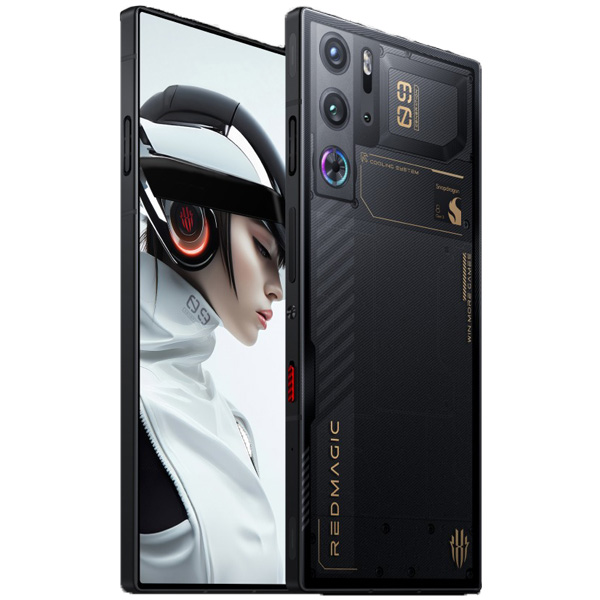
You can't get much better cooling for a phone than having a fan built-in, and that's been RedMagic's thing for a while now. Don't worry, you still get the display you want for the price, and plenty of performance too, especially if you pick up the 9S version.
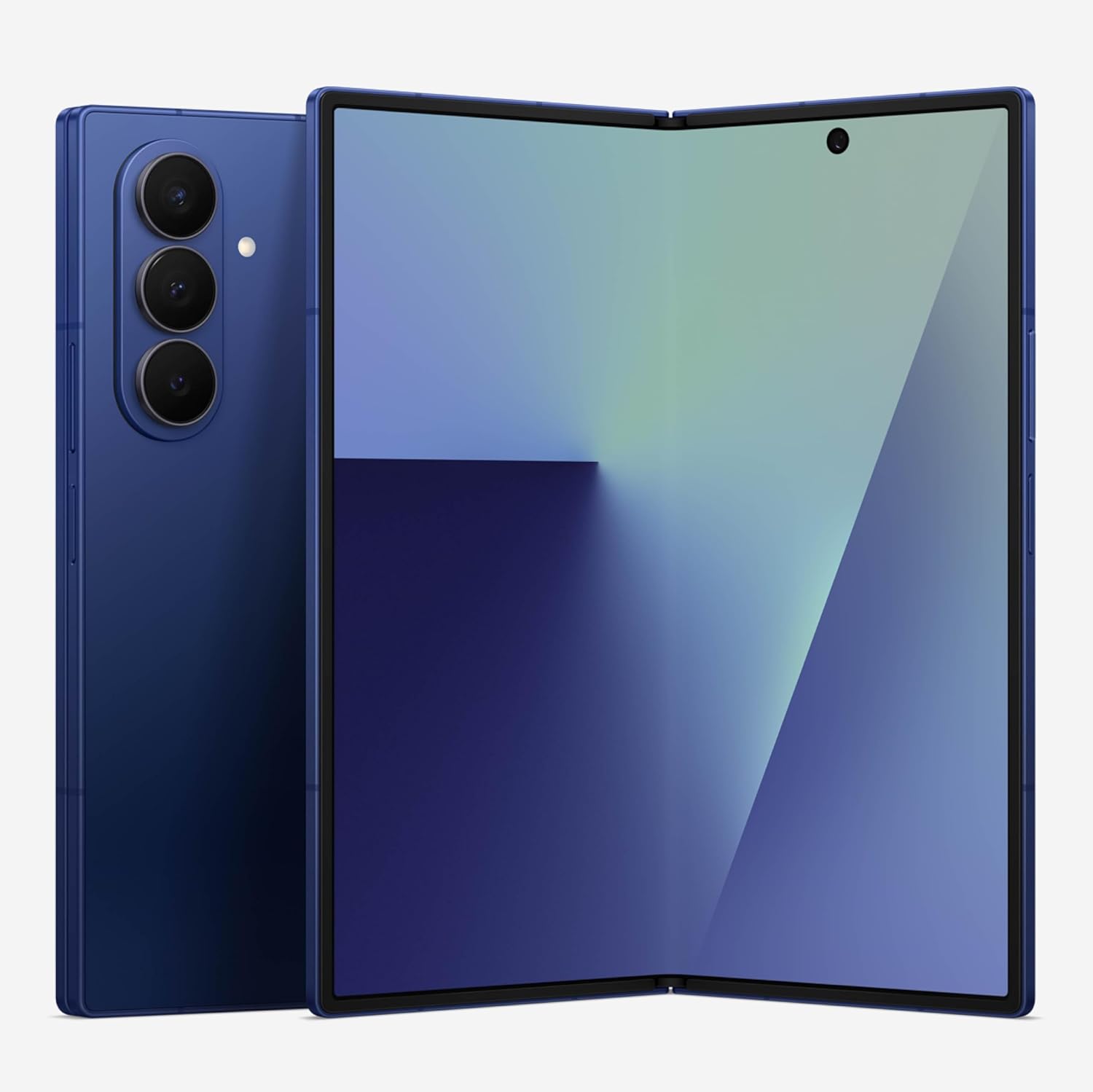
If you've got the money to spare, a folding phone with immense amounts of power and two great screens to play on could be the best gaming experience on any pocketable device you can find.

I'm lucky enough to try out all the latest smartphones, and of course part of my testing involves playing games on them. I've reviewed roughly a phone per month since joining TG in 2018, and tried plenty more on top of that. I've seen how mobile gaming has quickly developed to rival console-level experiences in that time, and the phones I've put on this list will make sure you aren't left behind as this part of the gaming world continues to change.
The best gaming phone overall
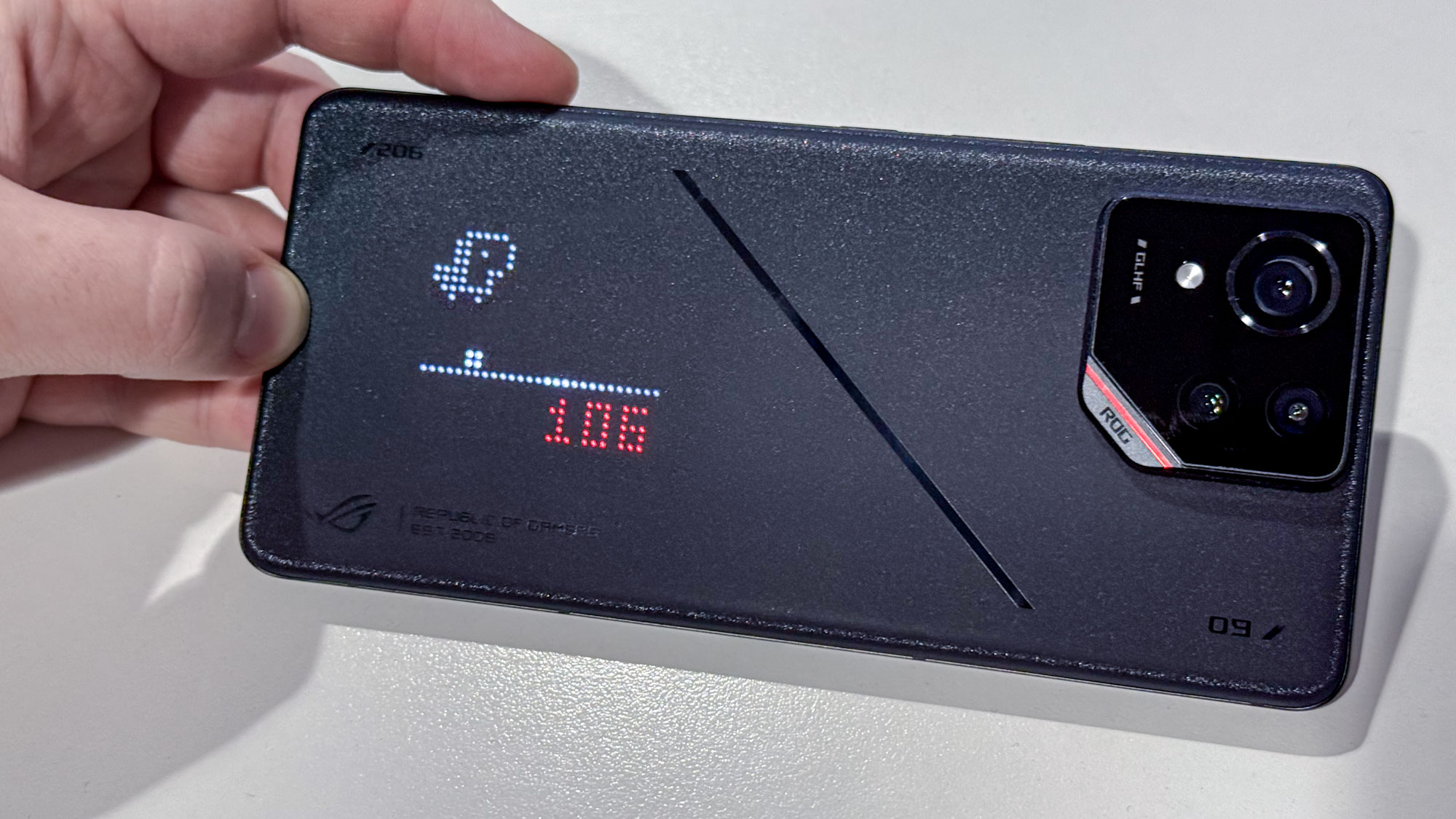

1. Asus ROG Phone 9 Pro
Our expert review:
Specifications
Reasons to buy
Reasons to avoid
Once again Asus is showing the rest of the phone world just how to make a gaming phone with the ROG Phone 9 Pro. I wasn't as bowled over by it as I was by the ROG Phone 8 Pro, which lends many of its features to the newer model, but that doesn't detract from how good this phone is.
The headline feature of the ROG Phone 9 Pro is its longevity on a charge. It's got the best phone battery life we've tested so far, leading the pack by several hours. But it also excels with its Snapdragon 8 Elite chipset, which provided the best gaming experience of any phone I tried in 2024.
The 185Hz display is also a class-leading feature, but you need to find compatible games to use it. Otherwise, the returning AirTrigger controls, Armory Crate and AniMe lights all help enhance gaming. You can even play simple games using those lights, in case the AAA-grade games you can play on the phone's actual screen aren't enough for you.
For weaknesses, I would point to the dull-looking photos that the ROG Phone produces, and the fact that you get only two years of full Android updates. There are better-rounded phones on sale of course, but for pure gaming ability, Asus has you covered with the ROG Phone 9 Pro.
Read our full Asus ROG Phone 9 Pro review.
Best gaming Android flagship


Specifications
Reasons to buy
Reasons to avoid
After putting the Galaxy S25 Ultra to the test, it's evident that the optimizations with its chipset makes a big difference. The Snapdragon 8 Elite for Galaxy under the hood delivers outstanding scores in various synthetic benchmark tests, especially when it comes to testing out its GPU performance.
Games run effortlessly on its generous sized 6.9-inch AMOLED display, which is made better for the fact that it features a 120Hz adaptive refresh rate. Titles like Diablo Immortal not only look sharp, but the animations and lighting effects look extra smooth.
It's also a powerhouse in the camera department, which I can't say the same for many gaming-centric phones out on the market. My colleague John Velasco even put it through a 200 photo shootout against the OnePlus 13, where the Galaxy S25 Ultra manages to come out on top.
And finally, it's productivity powerhouse thanks to its ability to run multiple apps simultaneously, Samsung DeX for that desktop PC-like experience, and the S Pen to quickly jot notes.
Read our full Samsung Galaxy S25 Ultra review.
Best gaming iPhone


3. iPhone 16 Pro Max
Our expert review:
Specifications
Reasons to buy
Reasons to avoid
Apple doesn't focus on gaming in the way some of the other companies on this list do, but this is still a great phone to play games on. It's the phone I currently play on the most, due in part to its other qualities, but with the might of its A18 Pro chip and newly-enlarged 6.9-inch display, there's not much more I'd ask for.
Between rounds and races, there's a lot I can appreciate about the iPhone 16 Pro Max, like its strong battery life, and the slowly-developing Apple Intelligence suite of AI features. The real highlight is photography though, with the new Camera Control helping me quickly adjust and take shots, the Photographic Styles aiding in finding the right look for each image, and the advanced abilities like Audio Mix or 4K slo-mo for video.
This is another expensive phone to be sure, and the large flat-sided design makes it a little hard to handle. Plus charging's pretty sluggish compared to the competition, which could be an issue if you run the phone down to 0% battery and need a quick refill. But the iPhone 16 Pro Max is still a phone I'd recommend to almost anyone who has enough money to spend, be you gamer or not.
Read our full iPhone 16 Pro Max review.
Best value gaming phone
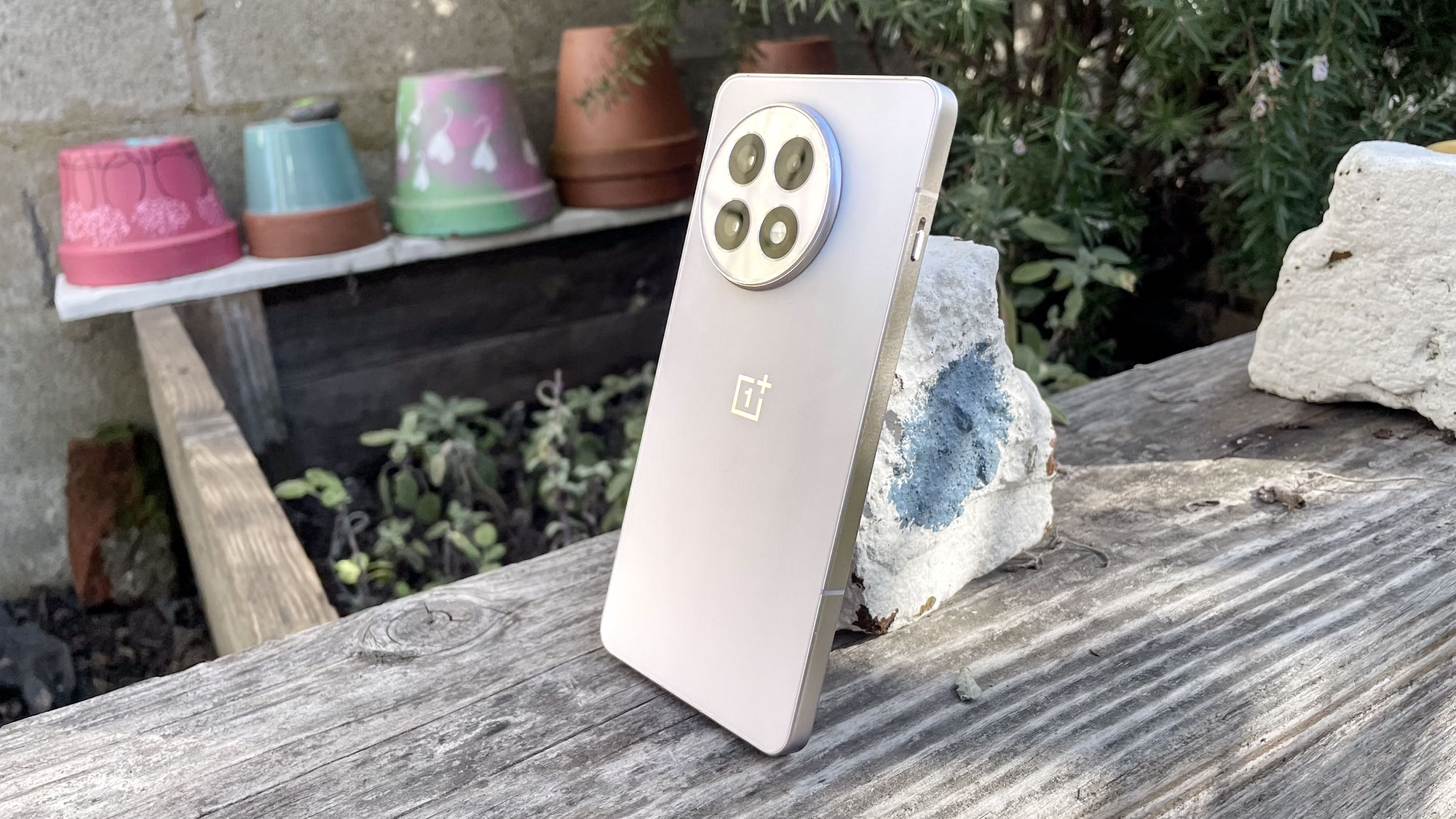

4. OnePlus 12R
Our expert review:
Specifications
Reasons to buy
Reasons to avoid
OnePlus' decision to sell its R-series models globally was one of the best decisions it's made in years, and the OnePlus 13R is the latest and greatest phone in this line. And it's an excellent phone for gamers wanting to maximize their phone's power-per-cent.
It's a pity that the 13R has effectively become more expensive since last year, as there's not a 128GB version this year. But in return the 13R provides even more upgrades than you'd expect from one-generation leap, lacking only a select few elements of the full-price OnePlus 13.
I love how long the OnePlus 13R lasts on a charge, with it being the current third-longest lasting phone on our best phone battery life rankings. Even when using the phone at max power consumption, you're going to easily get a day's use out of it before needing to return to your charger. And even though the Snapdragon 8 Gen 3 running things is now over a year old, it's still able to provide flagship-quality performance.
Beyond gaming, the OnePlus 13R now provides a telephoto camera to round out its rear sensors, helping with portrait photography or further-away subjects. The phone's design still make the 13R look and feel like a premium device, even if you're paying well under the odds for this level of performance. AI fans may be disappointed with the current crop of OnePlus AI features compared to what you'll find on a Pixel or Galaxy phone, but if you're spending all your time gaming, you probably won't miss these too much.
Check our full OnePlus 13R review
Best gaming phone cooling tech
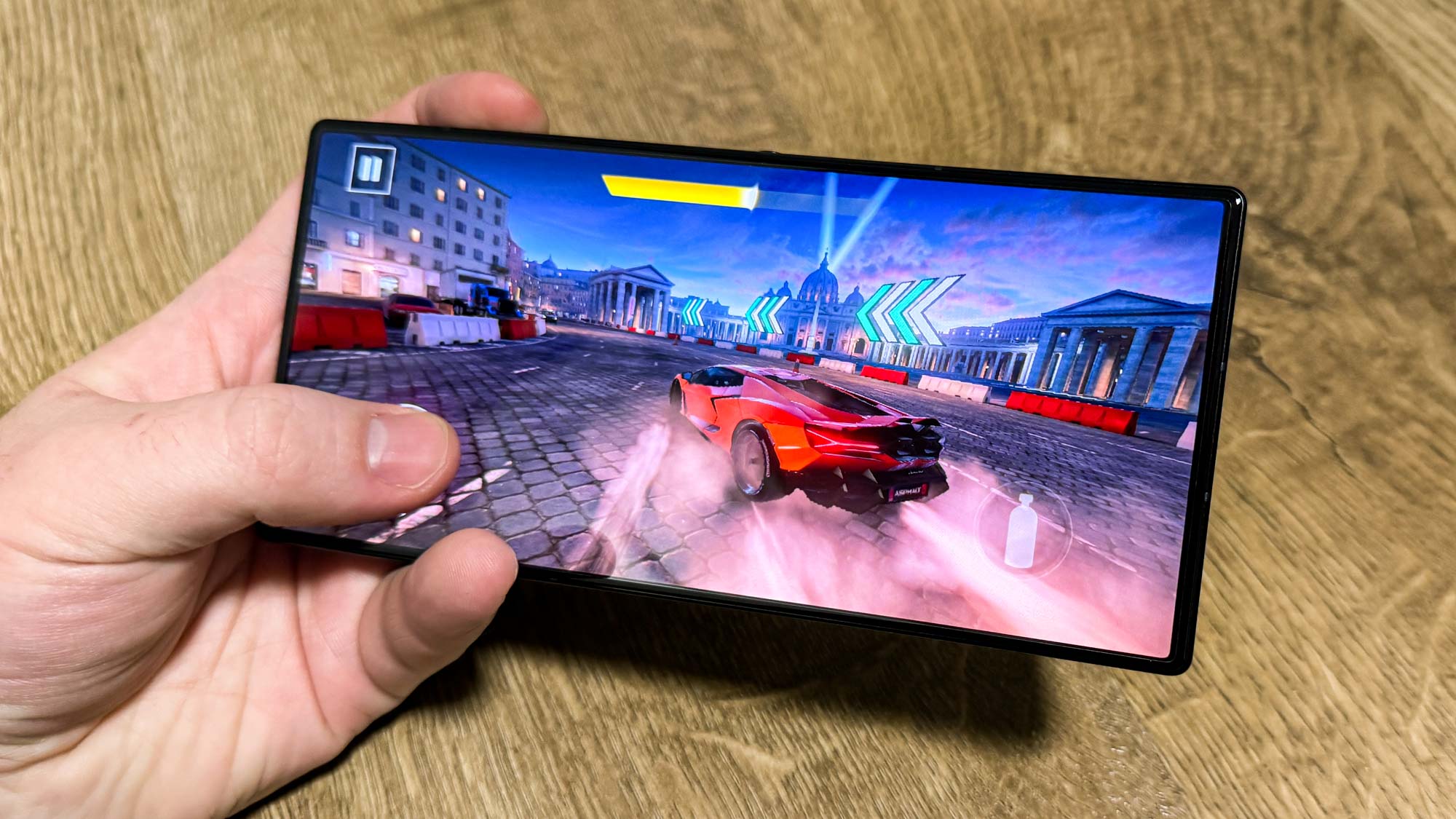
5. RedMagic 9 Pro
Our expert review:
Specifications
Reasons to buy
Reasons to avoid
RedMagic may not be a name you're familiar with, but it's still the first brand I'd recommend for anyone wanting a great phone that really focuses on gaming without breaking the bank.
With its side triggers and gaming software, the RedMagic 9 Pro covers your basic needs well, but where it goes above and beyond is with its built-in RGB cooling fan that enables automatically when you open a game, or manually as you wish. I've had great whipping out the RedMagic to start up the brightly-glowing fan in public --- it shows you really mean business when it comes to gaming.
Battery life is strong on this phone too, and it's backed up with a speedy 65W charger. Plus its chip is the same as you'll find in the list-topping ROG Phone 8 Pro, so you won't be wanting for processing power. Where it does lack however is photography, with its two disappointing rear cameras and fuzzy-looking selfie shots from its under-display front camera. My biggest pet peeve with this phone is its software. It's very poorly translated in places, and has been for several generations, so at this point I've given up on RedMagic ever improving it.
If you can handly some clunkily-worded settings and less than stellar cameras, then I have no qualms in recommending the RedMagic 9 Pro to you, or the upgraded but slightly more expensive RedMagic 9S Pro. It's perhaps the purest distillation of a gaming phone on this list, for better and for worse, which is why I'm making it hang out here rather than higher up the list.
Read our full RedMagic 9 Pro review.
Best foldable gaming phone
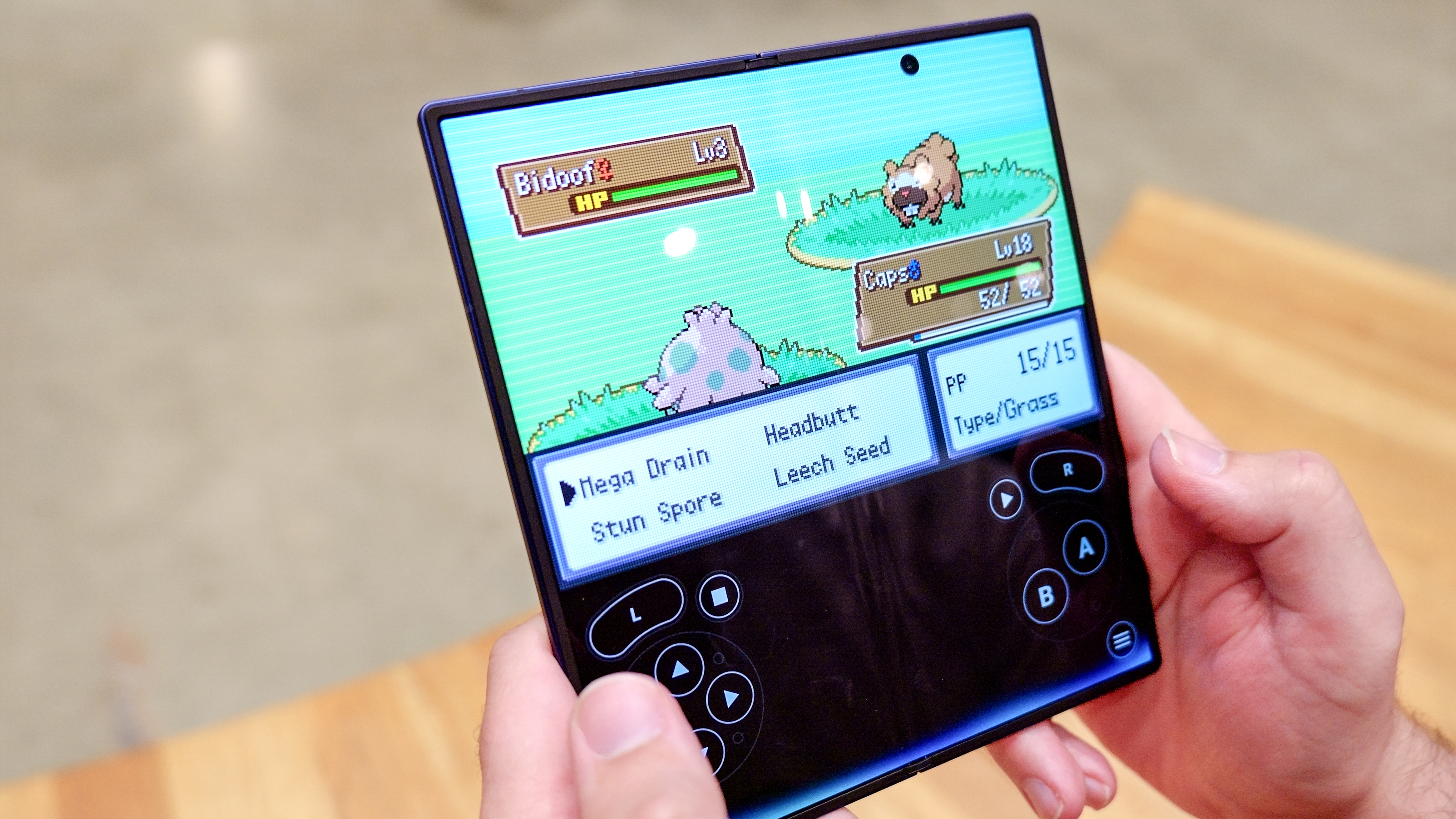

6. Samsung Galaxy Z Fold 7
Our expert review:
Specifications
Reasons to buy
Reasons to avoid
The Galaxy Z Fold 7 is a huge stride forward for Samsung, upgrading elements across the phone to catch up or even surpass the competition that's been leaving it behind. And the quality of those upgrades do wonders for the Z Fold 7's gaming chops.
Samsung's special edition of the Snapdragon 8 Elite chipset means there's a huge amount of power to put to use with your games. And you can do that on either the outer display or the inner display, both of which are larger and brighter than any previous Z Fold.
Despite the size and increased power, Samsung has managed to make the Z Fold 7 slightly more power efficient, and given the device a slimmer, lighter footprint. And as you'd hope from a new Samsung flagship, Galaxy AI is on full show also, with the inner display getting the option to use the features with greater flexibility.
It all sounds fantastic, but bear in mind this costs $2,000. It's way more than you need to pay for this level of performance, and if your only real care is gaming, it would be a waste of this phone's potential and your money. Plus there's also no longer S Pen support, which is not critical for gaming but is a pity for a device with a tablet-sized screen.
Check our full Samsung Galaxy Z Fold 7 review
Also tested
Not every phone can make it onto our shortlist, but there are plenty of other phones to pick from if you're prioritising gaming performance.
Samsung Galaxy S24 Ultra (★★★★☆)
The Samsung Galaxy S24 series offers strong specs, including a Snapdragon 8 Gen 3, and some brilliant cameras and display tech. That's not even mentioning all the Galaxy AI features. But on the Android phone side it gets beaten by the ROG Phone 8 Pro for overall performance, and the OnePlus 12R and RedMagic 9 series on value.
Read our full Galaxy S24 Ultra review.
How to choose the best gaming phone for you
When picking out your gaming phone of choice, the first thing to look for is the chipset. All the phones on this list either use up-to-date Snapdragon 8 series chips or the Pro version of Apple's latest A-series chip, which guarantees best-in-class performance, the optimal starting point for gaming on a phone.
The next point on your list should be display quality. You can classify that in a number of ways, like overall size, resolution, refresh rate, color quality and accuracy. There's no one ultimate phone for this, so compare the specs and our test results (see below) to see which meets your needs the best.
After that, it's time to think about additional features you may want. That could include extra gaming-focused ones like capacitive triggers or cooling systems, a long battery life for the longest-possible play sessions between charges, or more general ones like excellent cameras or smart AI features. Going all-in on gaming may mean sacrificing other parts of the basic smartphone experience, so choose wisely and consider everything you use your phone for before you end up limiting yourself.
How we test gaming phones
In order for a smartphone to make any of our best phone lists — gaming phone or otherwise — it needs to excel on several tests that we run on every handset. We perform some of these tests in our labs and some in the real world.
When it comes to performance, we rely on such synthetic benchmarks as Geekbench 6 and 3DMark to measure graphics performance. These tests allow us to compare performance across iPhones and Android devices. We also run a real-world video transcoding test on each phone using the Adobe Premiere Rush app and time the result.
| Row 0 - Cell 0 | Geekbench 6 (single-core / multi-core score) | Wild Life Extreme Unlimited (score / fps) |
Asus ROG Phone 9 Pro (X Mode enabled) | 3,207 / 10,227 | 5,906 / 35.36 |
Samsung Galaxy S25 Ultra | 3,031 / 9,829 | 5,912 / 35.4 |
iPhone 16 Pro Max | 3386 / 8,306 | 3,822 / 22.9 |
OnePlus 13R | 2,098 / 6,533 | 4,867 / 29.15 |
RedMagic 9 Pro | N/a | N/a |
Samsung Galaxy Z Fold 6 | 3,052 / 9,735 | 4,739 / 28.38 |
To measure the quality of a phone's display, we perform lab tests to determine the brightness of the panel (in nits), as well as how colorful each screen is (DCI-P3 color gamut). In these cases, higher numbers are better. We also measure color accuracy of each panel with a Delta-E rating, where lower numbers are better and score of 0 is perfect.
| Row 0 - Cell 0 | Peak brightness (nits) | DCI-P3 color gamut coverage (percent) | Delta-E color accuracy score (lower is better) |
Asus ROG Phone 9 Pro | 1,676 | 117.8 | 0.33 |
Samsung Galaxy S25 Ultra | 1,860 | 90.8 | 0.24 |
iPhone 16 Pro Max | 1,553 | 80.9 | 0.26 |
OnePlus 13R | 1,104 | 121.6 | 0.3 |
RedMagic 9 Pro | N/a | N/a | N/a |
Samsung Galaxy Z Fold 7 (inner screen) | 2,310 | 105.2 | 0.28 |
One of the most important tests we run is the Tom's Guide battery test. We run a web surfing test over 5G or 4G at 150 nits of screen brightness until the battery gives out. In general, a phone that lasts 10 hours or more is good, and anything above 11 hours makes our list of the best phone battery life.
| Row 0 - Cell 0 | 100 - 0% time on TG battery test (hours:mins) |
Asus ROG Phone 9 Pro | 20:34 |
Samsung Galaxy S25 Ultra | 17:14 |
iPhone 16 Pro Max | 17:35 |
OnePlus 13R | 18:49 |
RedMagic 9 Pro | N/a |
Samsung Galaxy Z Fold 7 | 10:55 |
Last but not least, we take the best phones out in the field to take photos outdoors, indoors and at night in low light to see how they perform versus their closest competitors. We take shots of landscapes, food, portraits and more, and also allow you to be the judge with side-by-side comparisons in our reviews.
Our look at how Tom's Guide tests and rates smartphones has more on the overall testing process.
FAQs
Which phone is best for gaming?
If you want the best gaming experience on a phone, we'd recommend the Asus ROG Phone 8 Pro. It's a gaming phone by a famous gaming brand, with all the performance you could ask for plus plenty of settings to tweak to get things just how you like them.
The Galaxy S25 Ultra comes a surprisingly close second. It's one of the most powerful phones on the market right now, and takes care of all your non-gaming needs brilliantly.
What is the best gaming chipset?
The best gaming phones are powered by the phone world's top chipsets, all-in-one packages that contain a CPU, GPU and more. Right now top chipset for mobile gaming is the Snapdragon 8 Elite, which is found in almost all the Android phones featured on this list. Apple's A18 Pro chip is rather potent too though.
Is the iPhone the best gaming phone?
The iPhone 16 Pro Max is currently in third place on our best gaming phone guide, because while it offers tremendous performance, it doesn't offer unique features like built-in triggers, customizable in-game options. But if you aren't interested in an Android phone, then the latest iPhone is still a worthy winner, even if it's by default!
Get instant access to breaking news, the hottest reviews, great deals and helpful tips.

Richard is based in London, covering news, reviews and how-tos for phones, tablets, gaming, and whatever else people need advice on. Following on from his MA in Magazine Journalism at the University of Sheffield, he's also written for WIRED U.K., The Register and Creative Bloq. When not at work, he's likely thinking about how to brew the perfect cup of specialty coffee.

